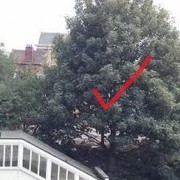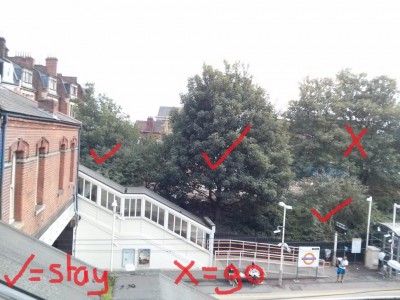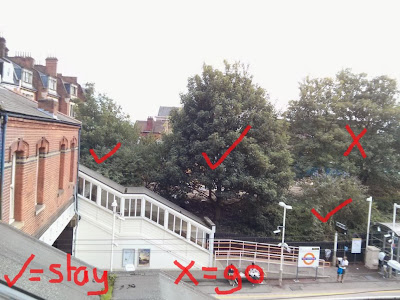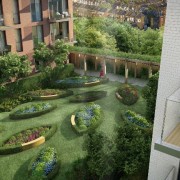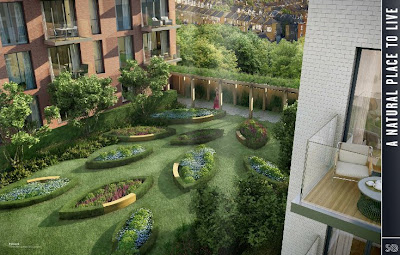Frustrated buyers face more delays at Ballymore
West Hampstead Square still isn’t finished. As you will have noticed.
Progress is being made as recent tweets show but it’s well overdue, and while it’s annoying for locals as the roads clog up with lorries delivering materials, for those who’ve bought apartments (some of whom are existing West Hampstead residents), the delays are going from frustrating to potentially financially damaging.
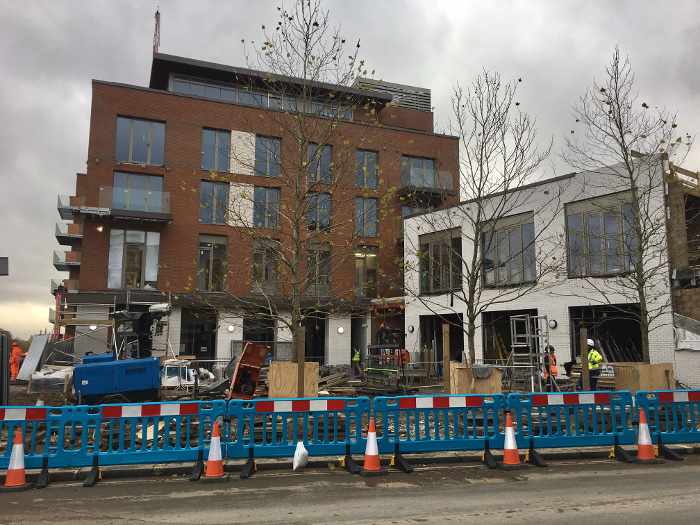
West Hampstead Square – when will it be finished?
The original completion date was June 2015. But, in June this year, with development already a year behind, Ballymore ditched the original construction company, O’Hare McGovern, and took over itself. After taking stock of the situation, it predicted completion by the end of this year. However, since then the company has ‘encountered further obstacles’, according to a letter sent to anxious buyers, which have now set the completion date back another three months. The latest is that no-one will move in until the start of next year and some flats won’t be ready until March. Anger is starting to bubble up.
“Ballymore has taken me and other buyers for granted,” says one local buyer who wants to remain anonymous. “The delay is frustrating, but what’s unacceptable is the manner with which they have drip-fed delays this year, rather than giving a realistic estimate from the start.”
Another buyer felt “it has been very poorly dealt with and has been very stressful” but now he just “wants to get it done to stop spending unnecessary money”.
The problem buyers face is that as soon as the actual completion date is announced, they have just 10 days to provide the balance of the money. Anyone tempted by a premature completion date announcement might find themselves having given notice or sold their existing property only to end up being told to hold on – again.
One buyer, for example, was initially told he could move in by June, but was then told that completion was expected in September, then October, then late October, then early November, then late November. By the end of October it was going to be completing in early December, but just a few days later that was pushed back to the end of January.
Aside from the practicalities of knowing when to move out, these flats were sold pre-Brexit and the uncertainty in the run-up to that vote and in the aftermath has dampened the property market somewhat. Private buyers are probably OK, according to Jon Hughes at local estate agent Benham & Reeves. Overall, the market has softened though underlying prices remain stable, but transaction volume is down.
Buy-to-let investors, who will surely make up a significant percentage of West Hampstead Square owners, will find things a little more difficult. Before construction started, the predicted rental price for a two-bed at West Hampstead Square was £650-£700 per week according to one local agent. In today’s market, he suggested sub-£600 seems more realistic. In addition, mortgage criteria have tightened (though rates are still low) and there is additional 3% stamp duty to pay on second homes.
Any off-plan purchase comes with an element of risk – economic circumstances and personal finances can change unexpectedly over the course of 12 to 18 months – but when a build is running more than 18 months late that risk is exacerbated. We know of some buyers who are have had issues with the sale of their previous properties, others who have sold to release the funds and now need to ask landlords to extend their leases. For anyone not in the super-rich or professional property investor category, these delays are both expensive and upsetting.
It is not just residents who have been affected. Businesses had been hoping to move in before the bouyant Christmas trading period. The latest news is that they will be able to start their shop fit-outs in December, but they won’t be able to open until January at the earliest. Apparently, Marks & Spencer may not open until February.
It seems that buyers have no legal recourse to compensation for the delays despite being strung along for months and possibly well over a year. In fact, in the small print of the contract, Ballymore can complete as late as 2018! All in all it is stressful situation for the buyers, several of whom have expressed their frustration to WHL. If you have experienced these problems or others, drop us a line. We asked Ballymore for a comment, but no-one has returned our calls.













